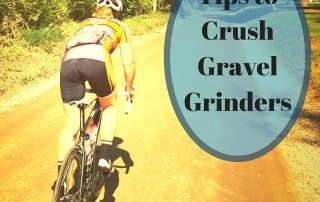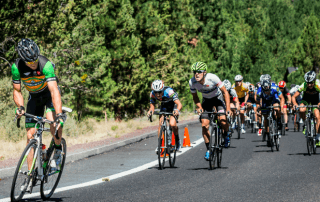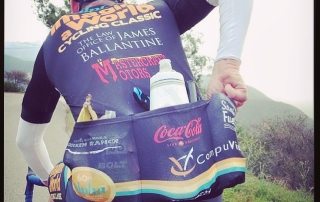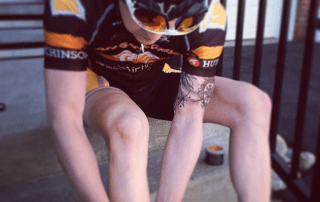Boost Cycling Fitness and Shred Fat with Fasted Training
One of the most efficient ways of kick starting your fat burning metabolism and boosting your cycling fitness is to partake in fasted training. As I've talked about before, your body is designed to utilize the energy substrates that are available to it to meet energy demands. During fasted exercise, there’s a stark limit on the amount of sugar available. There is, however, a huge amount of energy available from fat stores, and you need to train your body to use it effectively.
Similar to how your body will adapt to exercise by getting fitter, your body will adapt to fasted training by increasing the amount of fat it can burn. Fasted training helps to adapt your body to the stresses of hard training and primes you for a “train low, compete high” scenario where you’ll teach your body to be stingy in burning carbs in your typical training but supply it more on race day to ensure it's properly fueled. This will not happen overnight, though. It will take months of work to increase the efficiency of your body’s fat burning machinery, and these fasted training tips will give you a significant edge in that quest.
As you start your fasted training protocols, keep in mind a couple of simple things:
- Always carry some food with you to prevent bonking (and be prepared to eat after an hour of hard riding)
- If you’re not feeling well or having an off day, skip the fasted training and eat something. You can always go back to it later in the week.
- Pay careful attention to your body: if you start to bonk badly or repeatedly, back down and rest a bit, and be sure to eat.
Bearing those “safety” concepts in mind, click through the jump to learn how to add fasted training to your cycling program.





